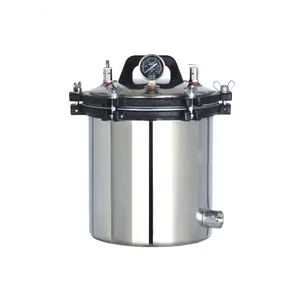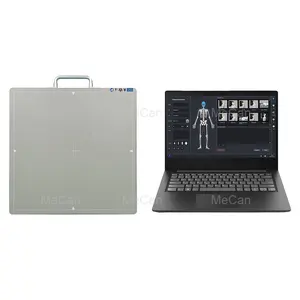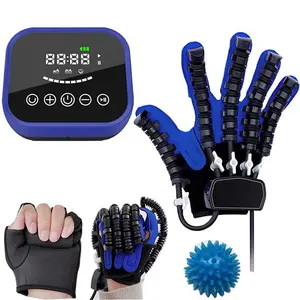Populair in uw branche






Transparante Clear Pet/Apet Vacuüm Gevormde Verpakking Medische Blister Lade Voor Ziekenhuis
€ 0,0928 - € 0,1299
Min. bestelling: 2 stukken







Aangepaste Pp Wegwerp Dozen Medische EHBO Verpakking Blister Trays Voor Verbruiksartikelen
€ 0,0186 - € 0,0928
Min. bestelling: 2 stukken



Hoge Kwaliteit Zwart Rechthoekig Stapelbaar Voedsel Catering Lade Clear Plastic Sandwich Box Platers Pakket Met Transparante Deksels
€ 0,4636 - € 0,5564
Min. bestelling: 5000 stukken
Verzending per stuk: € 156,18







Producten Doctor Chirurgische Wondverband Set Voor Wegwerp Medische Zorg
€ 0,357 - € 0,4173
Min. bestelling: 1000 packs







EHBO-Doos Met Draagbaar Handvat Familie Noodpakket Afneembare Lade 3 Layer Emergency Medisch Transparant Deksel Box
€ 5,47
Min. bestelling: 3000 stukken






10 Clear Compartimenten Afneembare Divider Organizer Opslag Plastic Box Sieraden Earring Holding Trays
Klaar voor verzending
€ 0,2782 - € 0,918
Min. bestelling: 200 stukken
Verzending per stuk: € 60,36





Duurzaam Container Apotheek Ontwerp Opslag Tool Plastic Medische Doos Met Slot Familie Ehbo Doos Geneeskunde Opbergdoos
€ 0,8345 - € 0,955
Min. bestelling: 50 stukken






Ehbo Doos Plastic Bin Opslag Met Handvat En Lade Emergency Organizer Container Box Draagbare Medische Opbergdoos
Klaar voor verzending
€ 2,22
Min. bestelling: 150 stukken
Verzending per stuk: € 3,61






2-laagse Opslag Afneembare Lade Medische Transparante Dekseldoos Multifunctionele Doos EHBO-Doos Familie Noodkit
Klaar voor verzending
€ 7,94 - € 7,98
Min. bestelling: 300 stukken
Verzending per stuk: € 6,07






Private Label Acryl Qtip Houder Dispenser Met Lade Transparante Kleine Wattenstaafje Dispenser Tandenstoker Opslagcontainer
€ 1,40 - € 3,71
Min. bestelling: 100 sets
Verzending per stuk: € 7,49






Stapelbare Specerijen Box Spice Jar Container Set Met Bamboe Deksels En Driehoek Lade Houder Voor Toonbank Organisatie
Klaar voor verzending
€ 8,61 - € 11,09
Min. bestelling: 2 stukken
Verzending per stuk: € 22,92
Topcategorieën
Over transparante medische lade
Alibaba.com levert 619 transparante medische lade-producten. Een brede verscheidenheid aan transparante medische lade-opties zijn voor u beschikbaar, zoals ziekenhuis, school en kantoorgebouw. Ook kunt u kiezen uit staal, rvs en metalen transparante medische lade. En uit moderne, traditionele en hedendaagse transparante medische lade.En of transparante medische lade custom , wit of blauw is.














